As we approach the 3rd quarter of the year it is an opportune time to reflect on the humbling, or perhaps overly ambitious goals that were set so many moons ago in the new year period.
Similarly, in hindsight we can justifiably grow optimistic as we compare the events in 2007, when NZ Government agencies, landowners, industry and environmentalists reconvened to further commit to a worldwide landmark agreement from 1991 to protect New Zealand’s indigenous forests. Ensuring future commercial forest plantations contribute positively in renewable energy and land use for decades to come. A target, when compared to personalised goals or the utility of a gym membership, could have been easily left to wallow in the ‘too hard’ basket.
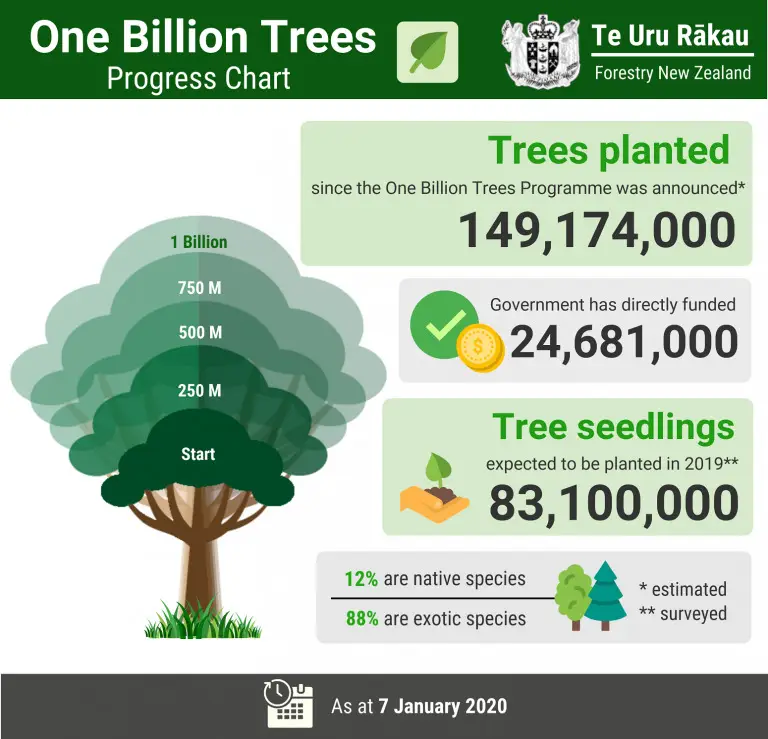
Fast track to present day we reflect on the lonesome 64 square kilometres that remain of harvestable indigenous New Zealand forest out of a dizzying 6.4 million hectares; 5.2 of which is protected.
Further initiatives are now formidably reinforced from the continuity between consumer and organisational mindsets; all looking to improve and enhance our country for future generations to come; a cause worthy of participation and commitment from every Kiwi.
The sometime rugged, but always beautiful little island of ours in the South Pacific here is an applicable testament to the practicality in recovering a natural resource like our forests; very much the same for not-for-profit enterprises like treesthatcount [.co.nz] who directly engage in the challenge and facilitate the ability for all New Zealanders to contribute also.
Businesses, individuals, charities and green thumbs are all welcome to gift, donate or plant native tree species for the regeneration and protection of our lands and waterways.
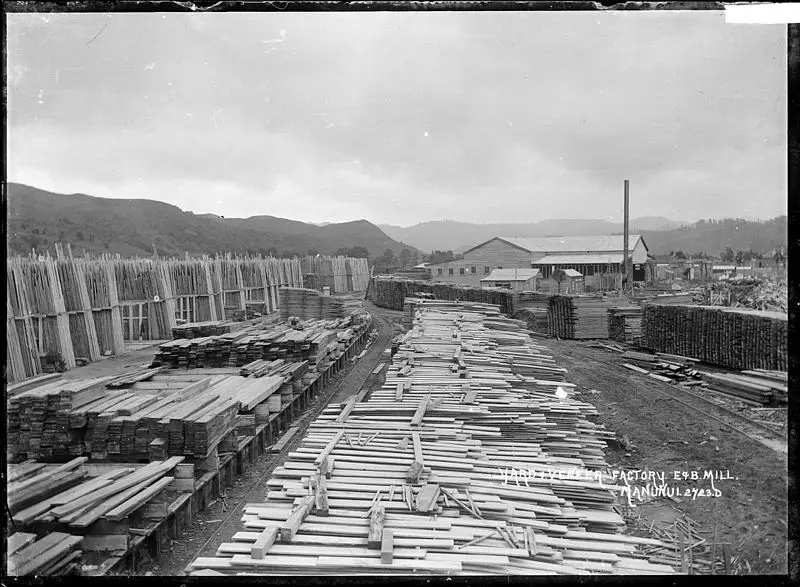
Seemingly unrelated; the harmonious song from our native bird life and the visual impact of local fauna are more easily appreciated when we take a moment to recognise that the popularity in sustainable thinking and action, through the use of re-usable materials – like that of hardwoods throughout the world is one of the small, but significant changes we need to secure this piece of paradise in the short and long term.
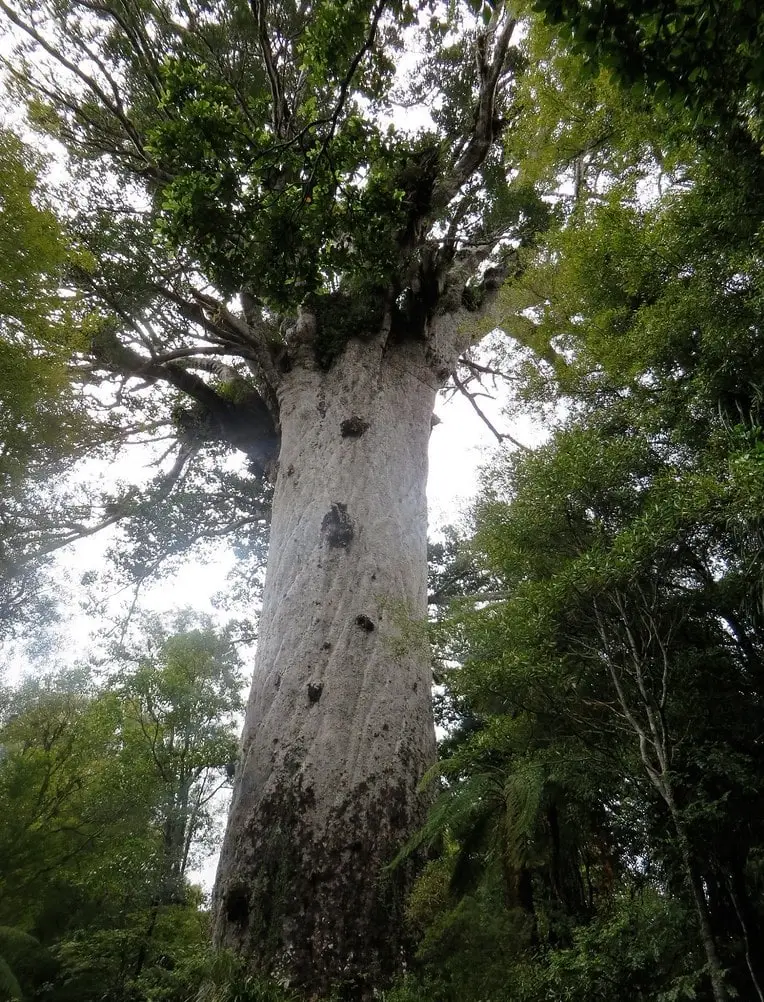
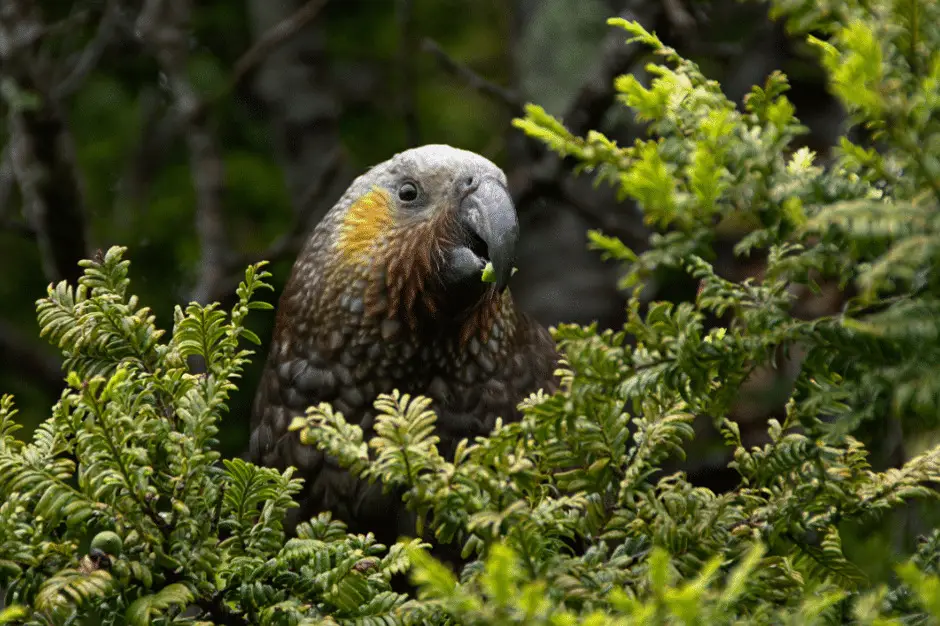
Healthy and balanced biodiversity, ecologically healthy water ways and the regeneration of our natives that grow into hundreds and sometimes thousands of years old are an asset this planet deserves. Appreciation of these manufactured and milled natural resources can still be utilised by consumers; as quality timbers and hardwoods last a lifetime once felled, there is never a reason, not to use something older instead of something newer when it comes to quality.
As we learn to leave our hardwood giants standing, we will consequently grow to love what we already have, even more. Developing our versatility, resource management and our land together for many future generations to come.
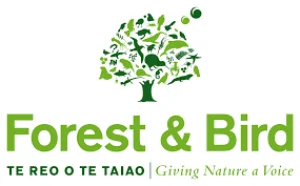

Take a chance, follow and commit to a worthy cause you agree with. Check out treesthatcount & forest & Brid NZ here.

